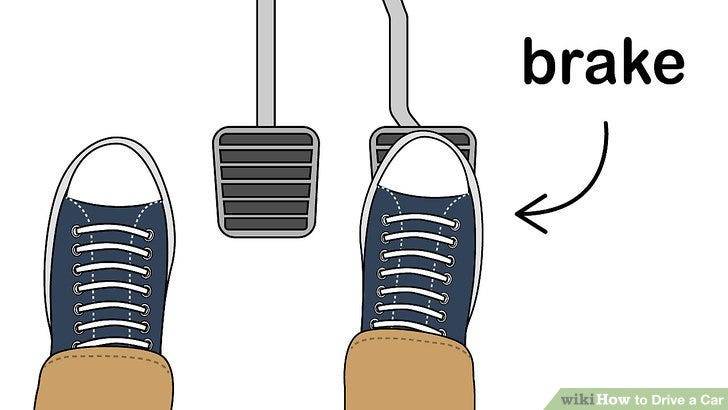Driving a car involves several steps and skills. Here's a general guide on how to drive a car:
Preparing to Drive:
Adjust your seat and mirrors: Ensure that you're comfortable and have a clear view of the road.
Fasten your seatbelt: Safety should be a priority, so always wear your seatbelt before starting the car.
Adjust the headrest: Position the headrest to support your head in case of sudden stops or collisions.
Familiarize yourself with the controls: Locate the pedals (accelerator, brake, and clutch if it's a manual transmission), steering wheel, gear shifter, handbrake, turn signals, headlights, and windshield wipers.
Starting the Car:
Insert the key or press the start button: Depending on the car's ignition system, start the engine.
Engage the parking brake: Keep the car stationary by pulling up the handbrake.
Understanding the Controls:
Accelerator: Press gently to increase speed and gradually release it to slow down.
Brake: Press firmly to slow down or stop the car.
Steering wheel: Use it to control the direction of the car. Turn it clockwise to go right and counterclockwise to go left.
Gear shifter: In an automatic car, you typically have "P" for Park, "R" for Reverse, "N" for Neutral, and "D" for Drive. In a manual car, you have additional gears (1st, 2nd, 3rd, etc.).
Turn signals: Activate them to indicate your intention to turn left or right.
Headlights: Switch between low beams and high beams for visibility at night or in poor weather conditions.
Windshield wipers: Use them to clear the windshield when it's raining or the visibility is reduced.
Basic Driving:
Release the parking brake: Disengage the parking brake by pushing down the handbrake button while simultaneously lowering the lever.
Accelerate slowly: Gradually press the accelerator pedal to increase speed.
Steer smoothly: Keep your hands at the 9 o'clock and 3 o'clock positions on the steering wheel, and make gentle, controlled movements.
Observe traffic rules: Follow the speed limits, road signs, and traffic signals. Yield to pedestrians and use your turn signals when changing lanes or making turns.
Maintain a safe distance: Keep a safe distance from the vehicle in front of you to allow for sudden stops or maneuvers.
Use mirrors and check blind spots: Regularly check your rearview and side mirrors, and glance over your shoulder to check blind spots before changing lanes.
Brake and decelerate: Gradually release the accelerator and apply the brakes to slow down or come to a stop.
Parking:
Signal your intention: Use your turn signals to indicate which way you intend to park.
Choose a parking spot: Look for an appropriate parking space that allows you enough room to maneuver.
Parallel parking: If parallel parking, position your car parallel to the vehicle in front, leaving enough space for your car to fit. Reverse slowly while turning the steering wheel appropriately.
Perpendicular parking: Align your car with the parking spot, reverse slowly while keeping an eye on your surroundings, and straighten the wheels when parked.
Engage the parking brake: After parking, engage the parking brake to keep the car stationary.
Remember, this is a general guide, and driving laws and practices may vary depending on your location. It's important to take formal driving lessons and practice driving under the supervision of a licensed instructor or an experienced driver.


